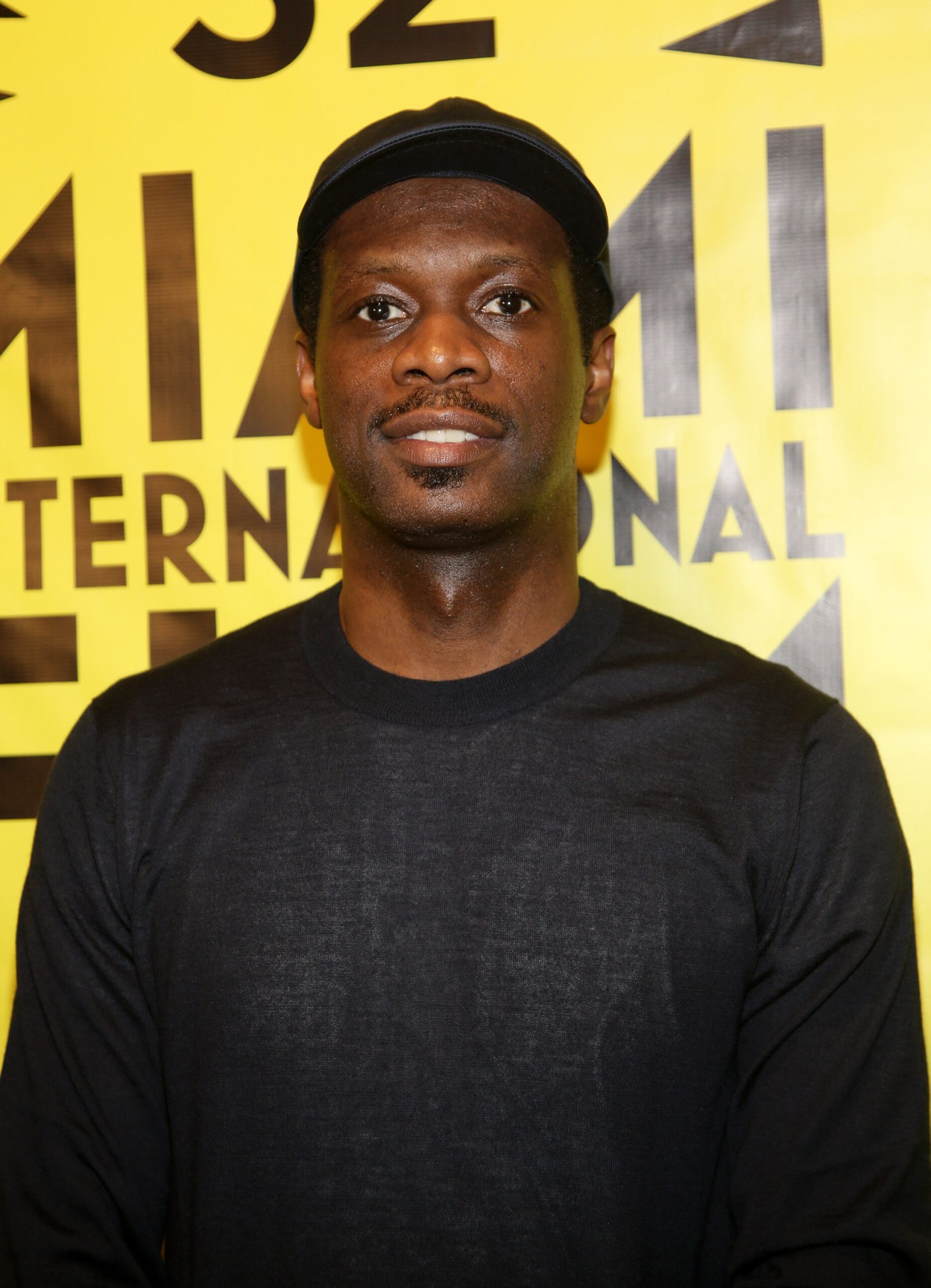News
How Stargate Will Transform America
On January 21, 2025, President Donald Trump unveiled a groundbreaking initiative that could redefine the United States’ position in the global artificial intelligence (AI) race. Dubbed “The Stargate Project,” this ambitious venture brings together tech giants OpenAI, Oracle, and SoftBank in a joint effort to invest up to $500 billion in AI infrastructure over the next four years. The project is poised to transform industries, create jobs, and secure America’s leadership in AI technology.

The Stargate Vision: A $500 Billion Bet on AI
The Stargate Project represents one of the largest private-sector investments in U.S. history. Starting with an initial commitment of $100 billion, the venture will focus on building state-of-the-art data centers and energy infrastructure to support the rapid development of AI technologies. The first phase of construction is already underway in Texas, with plans to expand to other states.
President Trump described Stargate as “the largest AI infrastructure project, by far, in history,” emphasizing its potential to create over 100,000 jobs and revitalize the U.S. economy. OpenAI CEO Sam Altman called it “the most important project of this era,” highlighting its transformative potential across sectors like healthcare and national security.
The Players Behind Stargate
The success of Stargate hinges on the collaboration of three major players:
- OpenAI: Known for its groundbreaking work on ChatGPT and other generative AI models, OpenAI will oversee operations for Stargate.
- Oracle: With its extensive expertise in data centers and cloud computing, Oracle will play a key role in building and managing the infrastructure.
- SoftBank: As the financial backbone of the project, SoftBank has committed significant resources to ensure its success.
Masayoshi Son (SoftBank), Larry Ellison (Oracle), and Sam Altman (OpenAI) joined President Trump at the White House to announce their shared vision for America’s AI future. The partnership also includes key technology collaborators like Microsoft, Nvidia, and Arm.

Strategic Goals: Securing America’s AI Leadership
Stargate is more than just an economic initiative; it is a strategic move to ensure U.S. dominance in AI amid growing competition from China. By investing heavily in infrastructure like data centers and advanced computing systems, Stargate aims to provide the resources necessary for developing artificial general intelligence (AGI) and other cutting-edge technologies.
Trump’s administration has framed this project as a critical step toward “re-industrializing” America while safeguarding national security interests. Oracle’s Larry Ellison highlighted how Stargate could revolutionize healthcare by enabling breakthroughs such as personalized medicine and customized vaccines.
Building on Past Efforts
Stargate builds upon earlier efforts to modernize U.S. infrastructure. While former President Joe Biden’s 2021 $1 trillion infrastructure bill focused on roads, bridges, and climate resilience, Stargate shifts attention to high-tech advancements. This marks a new era of public-private partnerships aimed at fostering innovation at an unprecedented scale.

Challenges Ahead
Despite its promise, Stargate faces significant challenges. The project requires immense capital investment, coordination among multiple stakeholders, and swift regulatory approvals. Additionally, critics have raised concerns about potential environmental impacts from constructing massive data centers and energy facilities.

Conclusion: A Bold Leap into the Future
The Stargate Project is a bold declaration of America’s intent to lead in artificial intelligence. By uniting government support with private-sector expertise, it sets the stage for transformative advancements that could shape industries and societies for decades to come. As construction begins in Texas and expands nationwide, all eyes will be on this monumental effort to see if it can deliver on its promise of making the U.S. an AI superpower.

Bolanle Media covers a wide range of topics, including film, technology, and culture. Our team creates easy-to-understand articles and news pieces that keep readers informed about the latest trends and events. If you’re looking for press coverage or want to share your story with a wider audience, we’d love to hear from you! Contact us today to discuss how we can help bring your news to life.
Entertainment
Jimmy Cliff, Reggae Legend and Star of ‘The Harder They Come,’ Dies at 81

Jimmy Cliff, the legendary Jamaican reggae pioneer and star of the iconic film “The Harder They Come,” has died at the age of 81. His family announced on November 24, 2025, that he passed away after suffering a seizure followed by pneumonia. The announcement expressed deep gratitude to his global fans for their support throughout his career, emphasizing how much he cherished his audience’s love.

Career and Legacy
Jimmy Cliff was renowned for popularizing reggae music worldwide through his soulful voice and timeless songs such as “Many Rivers to Cross,” “You Can Get It If You Really Want,” and “Vietnam.” He starred as Ivanhoe “Ivan” Martin in the 1972 musical crime film “The Harder They Come,” which played a pivotal role in bringing reggae and Jamaican culture to a global audience.

Recent Activities
In 2025, Jimmy Cliff announced a new album titled “Legacy,” set for release in September, along with a final world tour to mark the end of his performance career. This project was described as a tribute to reggae’s past, present, and future, featuring collaborations with global stars and emerging Jamaican talents. Despite health challenges, Cliff continued to contribute meaningfully to music and culture until the very end.
Personal and Family Acknowledgements
His wife, Latifa Chambers, shared the news of his passing on social media, highlighting the strength he drew from his fans and thanking family, friends, and collaborators who were part of his journey. She requested fans know that their support meant everything to him throughout his life and career.
Jimmy Cliff leaves behind a legacy as one of reggae’s most influential figures, who helped shape the genre’s identity and brought its message of peace and resistance to the world stage.
News
Candace Owens Says Macrons Funded Plot to Kill Her

Conservative commentator Candace Owens has made explosive allegations that French President Emmanuel Macron and First Lady Brigitte Macron orchestrated and financed a plot to assassinate her. Owens alleges that she was alerted by a high-ranking source within the French government who revealed that the assassination was to be carried out by an elite French police unit, the National Gendarmerie Intervention Group (GIGN), along with the involvement of at least one Israeli operative. According to Owens, this “joint state operation” was motivated by her outspoken coverage and conspiratorial claims about Brigitte Macron, including controversial statements questioning the First Lady’s gender identity.
Owens further claims the payments for the assassination were funneled through a secret French elite club called Club des Cent, suggesting a sophisticated and well-financed scheme. She also links this alleged plot to the assassination of her late friend Charlie Kirk in 2025, suggesting that his killer received training from France’s 13th Foreign Legion Brigade and that these events are part of a larger multi-state conspiracy.

Despite these serious accusations, Owens has not publicly shared concrete evidence, and French, Israeli, and American authorities have not confirmed any part of the story. The Macron family has previously filed defamation lawsuits against Owens over her unfounded assertions about them, highlighting a tense and ongoing feud.
Owens has vowed to provide further details, including identities and financial proof, if given the opportunity, and has called on the public and patriotic investigators to examine the matter closely. While her claims have stirred widespread attention and heated debate across social media and conservative circles, they currently remain unsubstantiated allegations amid a highly charged political and media environment.
This controversy adds a new and dramatic layer to Owens’ volatile relationship with the Macrons, marking perhaps the most sensational claim so far in her ongoing public disputes with the French presidential couple.
News
Fugees Rapper Pras Michel Sentenced to 14 Years in Campaign Scandal

Pras Michel, Grammy-winning rapper and founding member of the iconic group the Fugees, has been sentenced to 14 years in federal prison for his role in a sprawling illegal campaign finance and foreign influence scheme. The sentencing was handed down on November 20, 2025, by U.S. District Judge Colleen Kollar-Kotelly in Washington, D.C., following Michel’s conviction in April 2023 on charges including conspiracy, money laundering, acting as an unregistered foreign agent, and witness tampering.
At the heart of the scandal was Michel’s involvement in funneling over $120 million from fugitive Malaysian financier Low Taek Jho—known as Jho Low—into the 2012 reelection campaign of former President Barack Obama. Prosecutors detailed how Michel helped hide the origin of foreign donations through shell companies and straw donors, violating U.S. campaign finance laws that prohibit foreign contributions. Beyond the Obama campaign, Michel also engaged in illegal lobbying efforts during the Trump administration to obstruct investigations into Low’s role in the notorious 1MDB scandal, a massive Malaysian sovereign wealth fund corruption case.
Prosecutors described Michel as having “betrayed his country for financial gain,” persistently lying and manipulating government entities over nearly a decade. They advocated for a life sentence, emphasizing the severity of his offenses and the threat posed to U.S. national security. Testimonies during the high-profile trial included notable figures such as Hollywood actor Leonardo DiCaprio and former U.S. Attorney General Jeff Sessions.
Michel’s defense team condemned the harsh sentence as “entirely disproportionate,” arguing that similar cases resulted in lighter penalties, and pointed out that Michel received no espionage charges—a key consideration in foreign agent prosecutions. They announced plans to appeal the verdict and sentence. Following the prison term, Michel faces three years of supervised release and forfeiture of more than $64 million tied to the illegal campaign finance activity.
Michel, who shot to fame in the 1990s as part of the Fugees alongside Lauryn Hill and Wyclef Jean, now confronts a dramatic fall from grace that underscores the extensive consequences of illicit foreign influence in American politics. Despite this setback, his representatives remain grateful for the support received, stating that this chapter does not mark the end of his journey.
This landmark case serves as a stark reminder of the importance of safeguarding U.S. elections from covert foreign interference and the serious repercussions for those who betray democratic principles for financial gain.bbc+4
- https://www.bbc.com/news/articles/cg7n7l70vzgo
- https://www.aljazeera.com/news/2025/11/21/fugees-rapper-sentenced-to-14-years-in-prison-over-illegal-obama-donations
- https://www.wsj.com/us-news/fugees-member-sentenced-to-14-years-for-campaign-donation-scheme-7bbb7850
- https://www.youtube.com/watch?v=ow4bcn8mkIM
- https://www.lemonde.fr/en/international/article/2025/11/21/fugees-rapper-pras-michel-sentenced-to-14-years-in-prison-in-us-campaign-financing-scandal_6747698_4.html
- https://www.politico.com/newsletters/politico-influence/2025/11/20/fugees-star-sentenced-to-14-years-in-fara-case-00664124
- https://www.justice.gov/archives/opa/pr/us-entertainer-convicted-engaging-foreign-influence-campaign
- https://apnews.com/article/852e3aa86a604597b99c5e81179a7b6b
- https://www.reddit.com/r/hiphopheads/comments/11g6you/the_fugee_the_fugitive_and_the_fbi_how_rapper/

 Entertainment2 weeks ago
Entertainment2 weeks agoAfter Party: Festival Winner for Best Romantic Short

 News2 weeks ago
News2 weeks agoCamp Wackapoo – Rise of Glog Takes Center Stage

 Entertainment2 weeks ago
Entertainment2 weeks agoFrancisco Ramos Takes Top Mockumentary Award at Houston Comedy Film Festival

 Politics3 weeks ago
Politics3 weeks agoMamdani’s Victory Triggers Nationwide Concern Over New York’s Future

 Politics2 weeks ago
Politics2 weeks agoTrump’s $2,000 Tariff Dividend Plan: Who Gets Paid?

 News2 weeks ago
News2 weeks ago50-Year Mortgages: A Game Changer or a Debt Trap?

 Film Production2 weeks ago
Film Production2 weeks agoWhy China’s 2-Minute Micro Dramas Are Poised To Take Over The U.S.

 News7 days ago
News7 days agoEpstein Files to Be Declassified After Trump Order
































